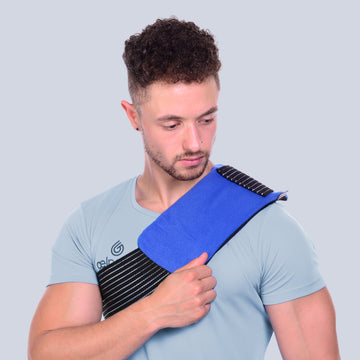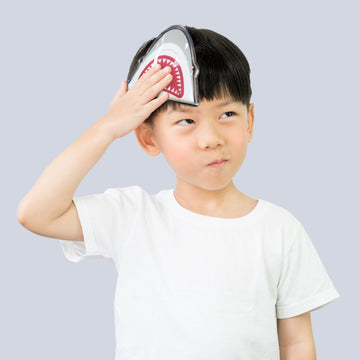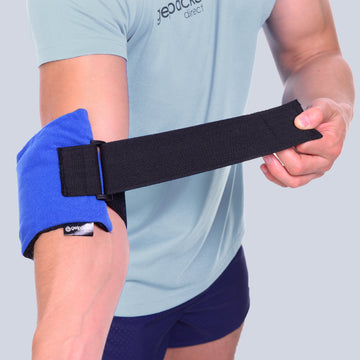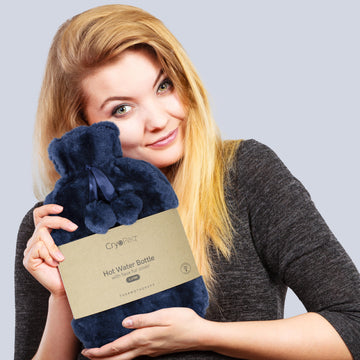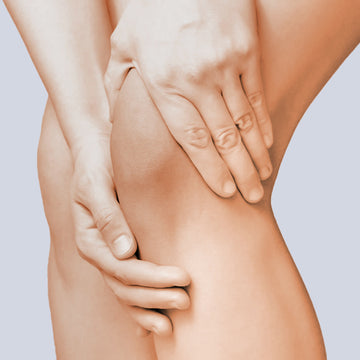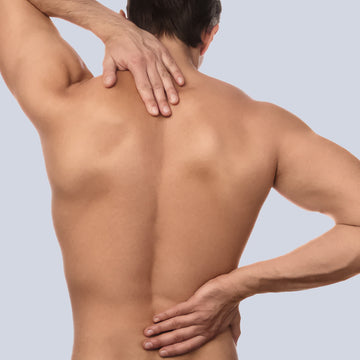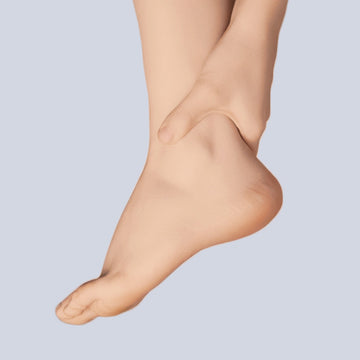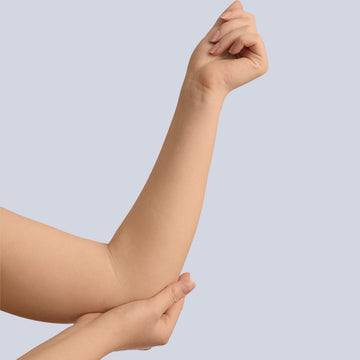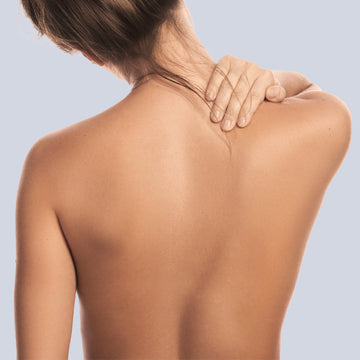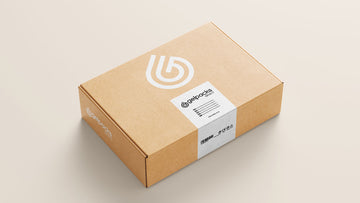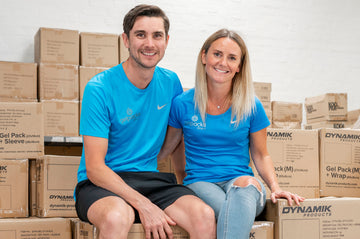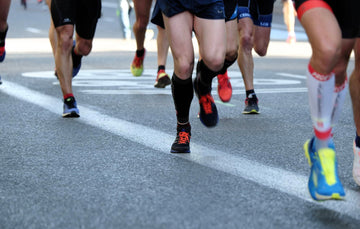Posted by Chloe Simkiss Dec-2020

How to treat a knee injury from a fall?
Boxing day is an opportunity for some serious sale shopping as stores lower their prices at this most wonderful time of the year. But you can’t rely on good luck for bagging a bargain: you need precise planning coupled with a great deal of patience. Research showed 700,000 people have been injured in a sales rush when shopping so it is important to keep your wits about you!
It is all too easy to get fixated on the product you want and forget your surroundings. Many people push and shove to get the best bargain so here’s what you need to do if you fall and hurt your knee!
During the first 24 hours after you have fallen and hurt your knee, you should:
- Follow the R.I.C.E. technique;
R – Rest a swollen or newly injured foot.
I – Ice the foot and swollen toes for 5-10 minutes. Do not exceed 20 minutes as there is a risk of skin and nerve damage beyond 20 minutes.This will help reduce swelling.
C – Since compression is helpful for reducing swelling and supporting a newly injured foot, wrap gel pack’s direct ice pack around the toes using the compression bandage, and then circling the foot. Try our premium gel pack here https://gelpacksdirect.co.uk/collections/reusable-packs/products/gelpacksdirect-multi-purpose-reusable-hot-cold-gel-pack-with-compress-wrap-1
E – Elevate the injured foot to assist the body in the healing process. The foot should be elevated above the heart, ideally propped on a few pillows while you are lying down.
- Rest your knee, but avoid having long periods where you don’t move at all
- When you are awake, move your sore leg gently for 10 to 20 seconds every hour.
After 48 hours:
- Try to use your leg more, as exercise can help you to manage knee pain.
- When going upstairs, lead with your good leg and when going downstairs, lead with your sore leg. Make sure you use the handrail, if there is one.
- Try to stick to your normal routine, if you can, as this can help your recovery.
- Use a heated gel pack to treat your aches and pains
- Try to avoid heavy lifting until your pain has subsided and you have good range of movement in your knee. Low-impact exercise, such as cycling and swimming, can be useful to speed up your recovery and help you to manage knee pain.
Ice/heat packs
CE: Many people find that ice is helpful when you have a hurt knee, it can be used to manage short-term knee pain. Applying an ice pack to your knee will decrease fluid buildup and swelling by constricting blood vessels and slowing down the metabolism of the cells. Nerve endings at the knee are numbed which decreases their ability to send impulses perceived as pain to the brain.
Check out our gel pack knees, which comes with a compression wrap to hold it in place.
Be careful and check the colour of your skin after 5 minutes. If it is bright pink or red, remove the ice pack. If it is not pink, leave it on for another 5 to 10 minutes.
Ice can be left on for 20 to 30 minutes – if it is left on for longer, there is a risk of damaging the skin. This can be repeated every 2 to 3 hours to help aid recovery.
HEAT: Heat is an effective and safe treatment for aches and pains. You could use a gel packs direct hot compress to soothe pain. Gentle warmth will be enough – there is a risk of burns and scalds if the gel pack is too hot. Heat should not be used on a new injury. Doing this might increase bleeding under the skin and could make the problem worse. Try not to have the heated item on your skin for longer than about 20 minutes.
Knee injuries from a fall will usually heal without further medical treatment, using only a few self-help measures. But you should go see a doctor if you’re in severe pain,it doesn’t get better after a few weeks or you can't put any weight on your knee.
Remember its all about elf and safety!!
#TeamGPD
